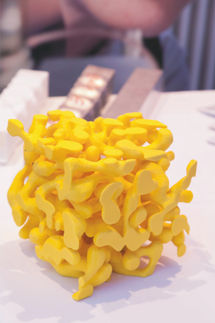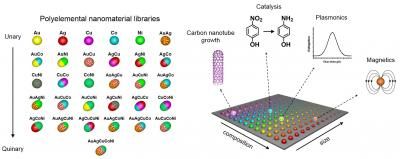Carbon nanoparticles toxic to adult fruit flies but benign to young
carbon nanoparticles are widely used in medicine, electronics, optics, materials science and architecture, but their health and environmental impact is not fully understood.
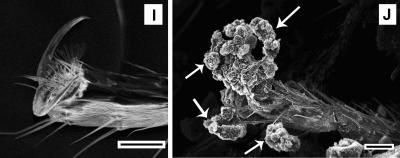
Microscopy shows a clean foot and leg of a fruit fly (left), and a foot and leg covered with carbon nanostructures (arrows). Adhering nanostructures may have impeded movement, respiration and vision in adult flies but did not appear toxic to fly larvae that ingested it.
David Rand laboratory, Brown University
In a series of experiments, researchers at Brown University sought to determine how carbon nanoparticles would affect fruit flies - from the very young to adults.
The scientists found that larval Drosophila melanogaster showed no physical or reproductive effects from consuming carbon nanoparticles in their food. Yet adult Drosophila experienced a different fate. Tests showed adults immersed in tiny pits containing two varieties of carbon nanoparticles died within hours. Analyses of the dead flies revealed the carbon nanoparticles stuck to their bodies, covered their breathing holes, and coated their compound eyes. Scientists are unsure whether any of these afflictions led directly to the flies' death.
A separate experiment showed adult flies transported carbon nanoparticles and then deposited them elsewhere when they groomed themselves.
The findings, published online in Environmental Science & Technology, help to show the risks of carbon nanoparticles in the environment, said David Rand, professor of biology, who specializes in fruit fly evolution.
"The point is these same compounds that were not toxic to the (fruit fly) larvae were toxic to the adults in some cases, so there may be analogies to other toxic effects from fine particles," Rand, a co-corresponding author, said. "It may be like being in a coal mine. You get sick more from the effects of dust particles than from specific toxins in the dust."
The scientists immersed adult Drosophila in a control test tube and test tubes containing four different types of carbon nanoparticles corresponding with their commercial uses - carbon black (a powder much like printer toner), C60 (spherical molecules known as carbon buckyballs, named for Buckminster Fuller's geodesic designs), single-walled carbon nanotubes, and multiwalled carbon nanotubes. Flies in the test tubes with no carbon nanoparticles, C60 and the multiwalled nanotubes climbed up the tubes with few or no difficulties. But the batches of flies immersed in the carbon black and single-walled nanotubes could not escape their surroundings and died within six to 10 hours, the Brown scientists report.
The causes of death are unclear, but detailed analyses led by chemistry graduate student and lead author Xinyuan Liu showed the flies were affected physically. In some, the carbon nanoparticles covered them from wings to legs, which may have impeded their movement or weighted them down too much to climb. In others, the nanoparticles clogged their breathing holes, or spiracles, which may have suffocated them. In other adults, the nanoparticles covered the surface of their compound eyes, which may have blinded them.
The nanoparticles "glom onto the flies," Rand noted while watching a video of flies in the test tubes. "They just can't move. It's like a dinosaur falling into a tar pit."
Rand and Robert Hurt, director of Brown's Institute for Molecular and Nanoscale Innovation and the other corresponding author, said the findings are important, because they show that permutations of the same material - carbon - can have different effects in the environment.
"It's not the nanoparticle per se (that may be hazardous), but the form the nanoparticle is in," Rand said.
In another experiment led by Daniel Vinson, an undergraduate student in engineering, adult Drosophila coated in multiwalled carbon nanotubes carried the carbon on their bodies from one test tube into another and deposited some of the particles in the clean tube. That test showed how insects could be vectors for transporting nanomaterials, Rand said.
While two generations of fruit fly larvae showed no ill effects from eating carbon nanoparticles, the Brown scientists noticed that some of the particles ended up being stored in the flies' tissue. That means the nanoparticles could accumulate as they are passed up the food chain, Rand said.
The researchers have several related experiments in the works. They plan to test fruit flies' response to nanosilver and other nanomaterials with different chemistries, and they will investigate why the adult Drosophila died from varieties of the carbon nanoparticles.
Topics
Organizations
Other news from the department science
These products might interest you
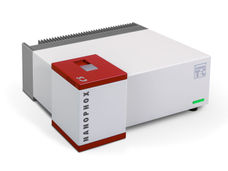
NANOPHOX CS by Sympatec
Particle size analysis in the nano range: Analyzing high concentrations with ease
Reliable results without time-consuming sample preparation
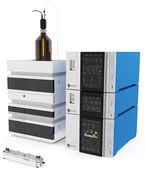
Eclipse by Wyatt Technology
FFF-MALS system for separation and characterization of macromolecules and nanoparticles
The latest and most innovative FFF system designed for highest usability, robustness and data quality

DynaPro Plate Reader III by Wyatt Technology
Screening of biopharmaceuticals and proteins with high-throughput dynamic light scattering (DLS)
Efficiently characterize your sample quality and stability from lead discovery to quality control

Get the chemical industry in your inbox
By submitting this form you agree that LUMITOS AG will send you the newsletter(s) selected above by email. Your data will not be passed on to third parties. Your data will be stored and processed in accordance with our data protection regulations. LUMITOS may contact you by email for the purpose of advertising or market and opinion surveys. You can revoke your consent at any time without giving reasons to LUMITOS AG, Ernst-Augustin-Str. 2, 12489 Berlin, Germany or by e-mail at revoke@lumitos.com with effect for the future. In addition, each email contains a link to unsubscribe from the corresponding newsletter.
Most read news
More news from our other portals
Last viewed contents
Evonik expands fumed silica capacities in Antwerp - Investment sum in the upper double-digit million euro range
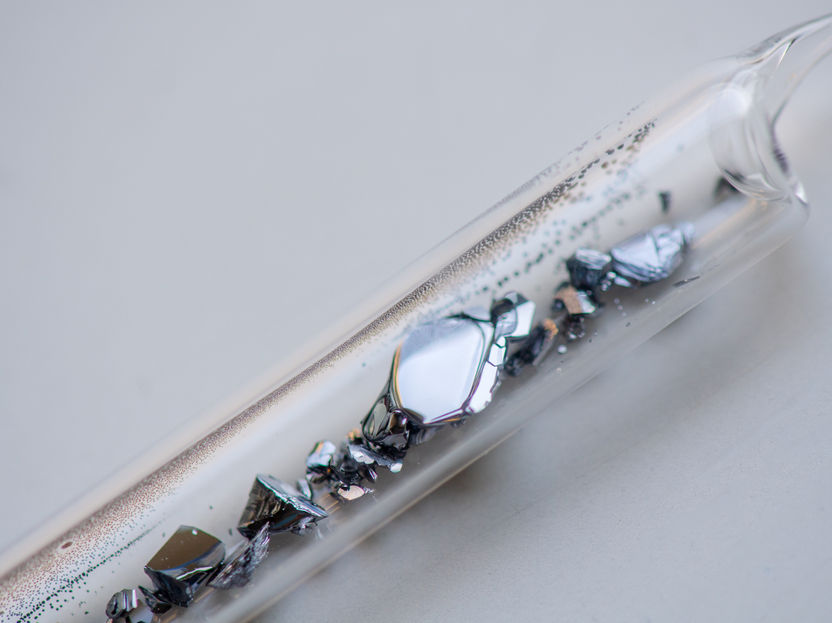
New material will make locally flexible diodes possible - Temperature changes material characteristics: Researchers find new material with significant potential for electronics applications

Revolutionary images of the birth of crystals - A team from the UNIGE has succeeded in visualizing crystal nucleation - the stage that precedes crystallization - that was invisible until now
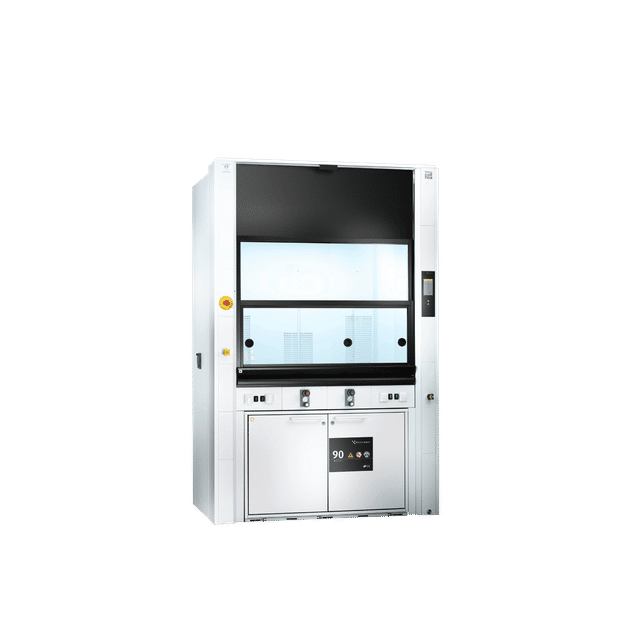
Köttermann EcoPlus | Laboratory hoods | Köttermann

trinamiX GmbH - Ludwigshafen am Rhein, Germany

Li.plus GmbH - München, Germany

Merck Invests in Artificial Intelligence Chip Startup SynSense in China - Neuromorphic computing considered as key enabler of next-generation artificial intelligence
AkzoNobel acquires minority shareholding in coil coatings JV

APL Apparatebau GmbH - Hopfgarten im Brixental, Austria

